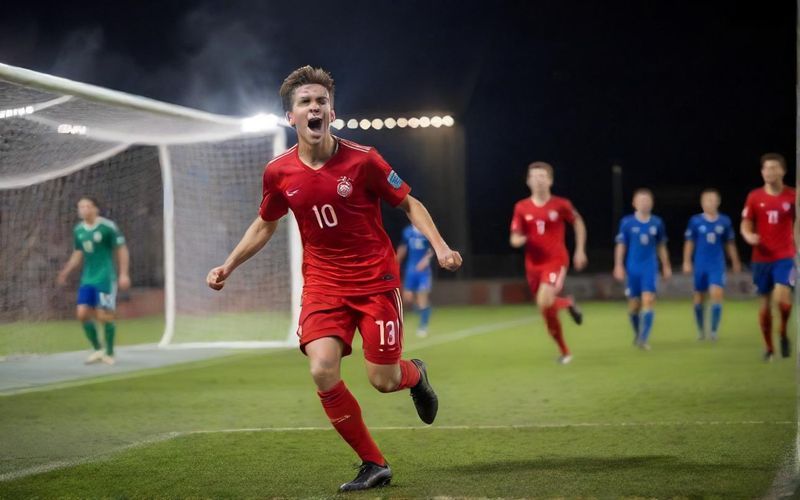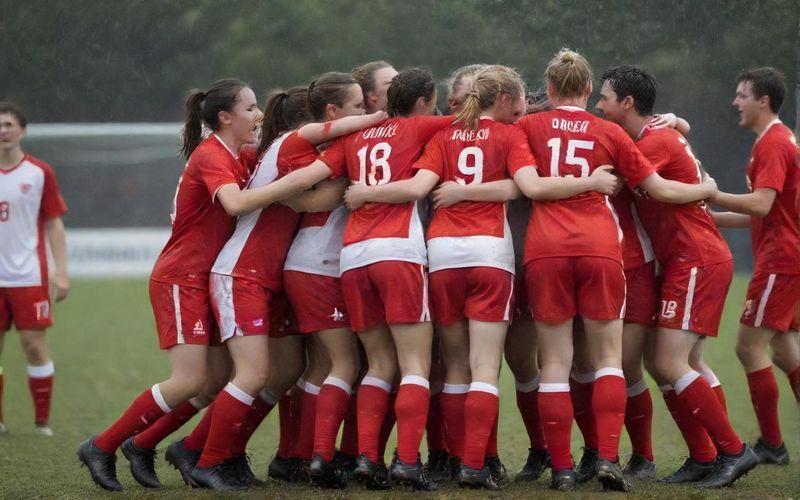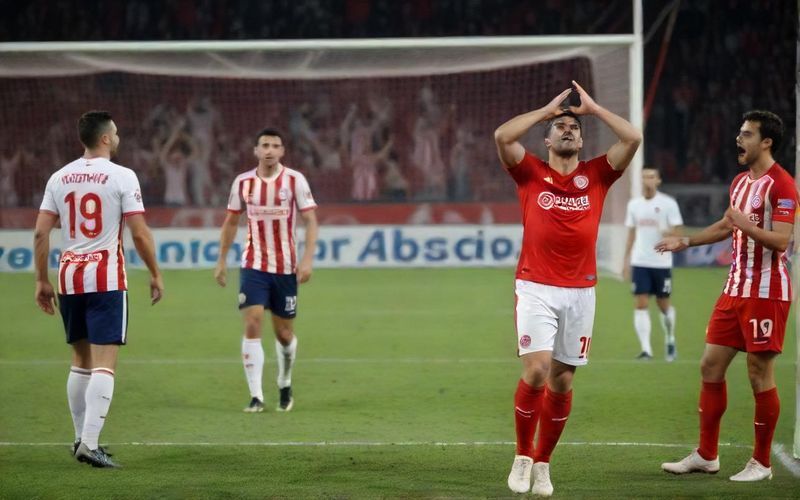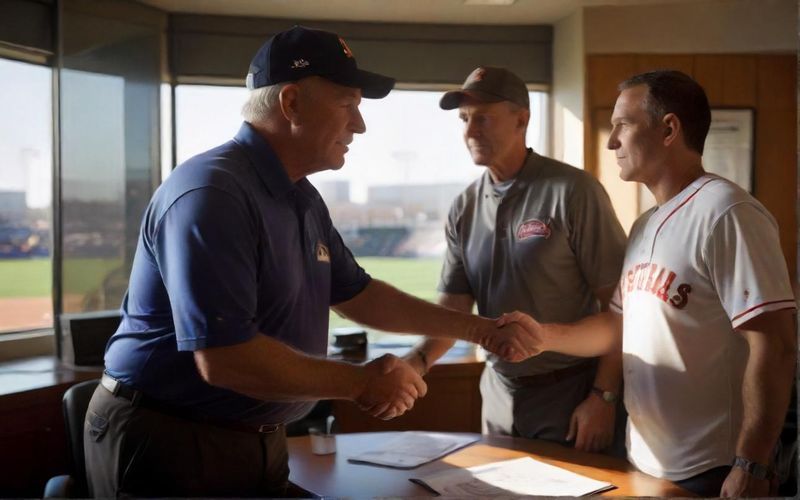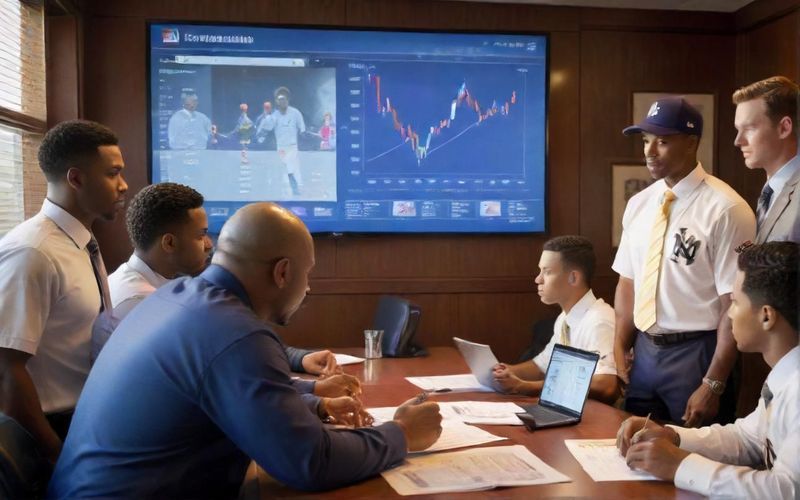Baseball Free Agency: No Ohtani, But Deep Talent Pool

Take Kyle Tucker, for instance. While not commanding the megadeals of his predecessors, his consistent .266/.377/.464 slash line and five consecutive seasons exceeding 4.0 fWAR speak volumes. He’s the kind of player who quietly elevates a team, a reliable cornerstone for years to come. The projections suggest a deal north of $400 million, a testament to his all-around game, but it also highlights a subtle shift. We’re not just chasing the next unicorn; we’re investing in sustained excellence. This is where the experience of a seasoned scout or the analytical prowess of a front office really shines, sifting through the data to justify such a significant outlay for a player who, while exceptional, doesn't carry the singular aura of a generational talent.
Then there’s the intriguing case of the aging stars, players like Alex Bregman and J.P. Crawford, who are opting out of lucrative deals, seeking that long-term security. Bregman, despite a fractured hand and strained calf last season, still posted impressive numbers and was a clubhouse leader. His decision to explore the market again, a year older, underscores the inherent gamble in free agency. Teams are weighing age against proven performance, a delicate balancing act that often leaves fans holding their breath. The industry seems to be leaning towards a five-year pact for Bregman, a thoughtful compromise between his desire for longevity and a team’s caution.
Looking at the pitching landscape, Framber Valdez and Ranger Suárez present a fascinating comparison. Both lefties, with similar statistical profiles, are hitting the free-agent market. Valdez, at 32, brings a bit more experience, but Suárez, playing most of his 2026 season at 30, seems poised to command a larger total contract. This isn't about one being definitively "better," but rather about market perception, the subtle value placed on age versus consistency. It’s a nuanced discussion that goes beyond mere ERA and innings pitched, delving into the projected return on investment for teams looking to bolster their rotations.
And what about the allure of international talent? Yoshinobu Yamamoto's record-breaking deal last year set a high bar, and now we have players like Yuki Imai entering the mix. Imai, with his improving command and unique slider, is projected for a significant payday, but questions linger about his size and fastball’s swing-and-miss potential. These are the whispers in the executive suites, the discussions that weigh upside against risk, all while the trend of teams seeking to stay within budget, even for top-tier talent, continues to influence negotiations.
This year’s free agency isn't defined by a single player, but by a constellation of talent, each with their own story, their own projection. It’s a market that rewards analytical depth and strategic patience. We're not just watching where players land; we're witnessing the intricate dance of financial strategy, player development, and the ever-evolving calculus of what it truly means to build a winning team in today’s game. As the dust settles on these free-agent decisions, we’ll undoubtedly see which teams mastered the art of the offseason gamble, and which are left to ponder what might have been.
